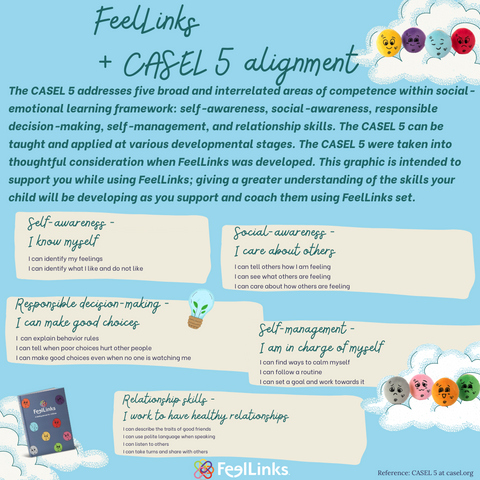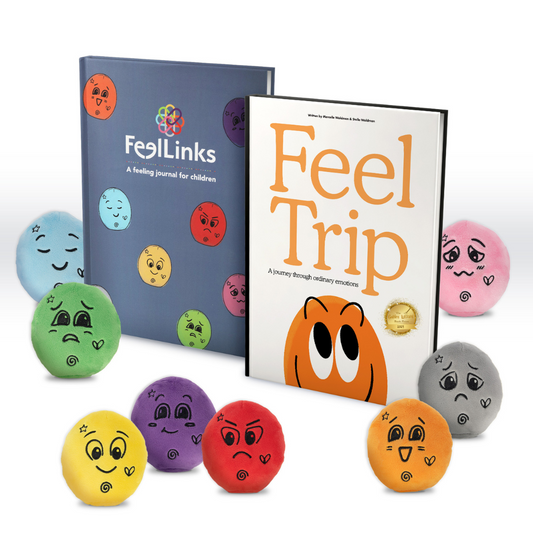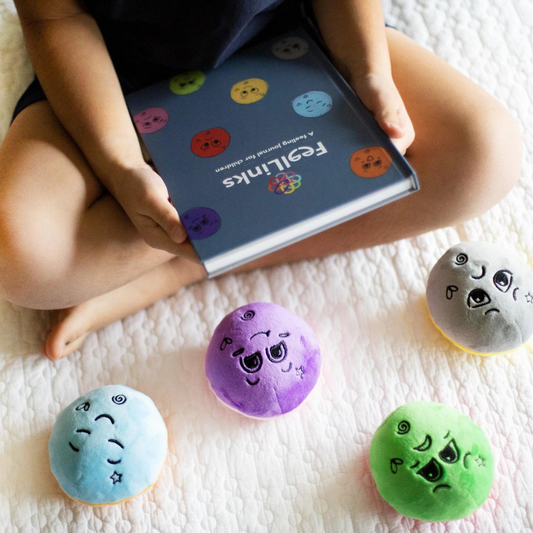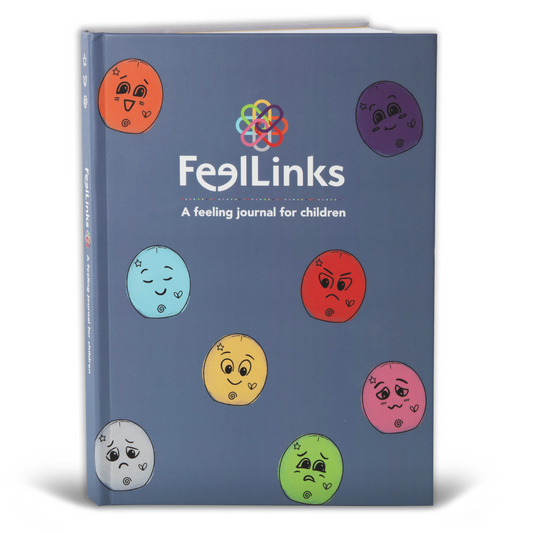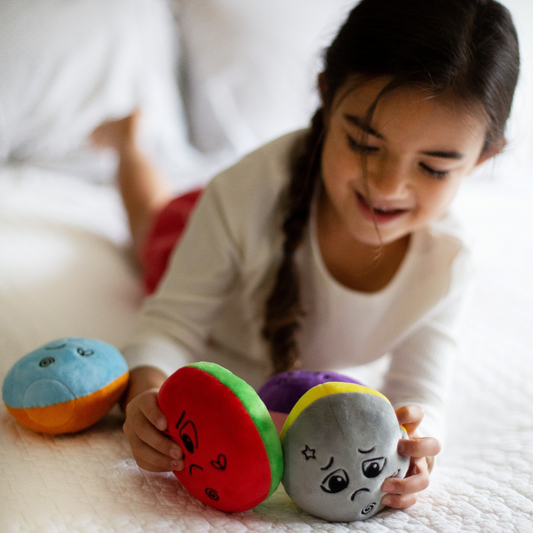Coaching Children Through Difficult Emotions: 4 Practical Steps
Share

It is not easy for parents, caretakers or teachers to see a child that is unhappy. Whether they are sad, angry, furious, scared, or experiencing another tough emotion that brings unhappiness, we often want to fix it quickly so that they can feel happy again. However, this does not often support what our children actually need for the short or long term.
Dr. Susan David, psychologist, author of Emotional Agility, and one of my most favorite TED talks, said, “How children navigate their emotional world is critical to lifelong success”. Children who have high emotional intelligence, learn to manage their feelings, become better problem solvers, and are better able to cope with stressful situations. These children often display greater self-esteem and resilience.
Often, adults want to immediately swoop in to offer relief for an unhappy child. We try to get to the bottom of it quickly, offer "fix it" solutions, distract, or ignore the underlying causes. However, we are actually doing a disservice to our child as we are taking away a very normal experience that they must learn to navigate from childhood, through adolescence, and into adulthood. We need to let our children feel all of their feelings, even the tough ones.
Dr. Susan David offers four practical steps for coaching and supporting a child through tough emotions.
feel it, show it, label it, watch it go.
Feel It. Feel the emotions. Do not push them away. Validate what your child is feeling and expressing.
Show It. Let your child show how they are feeling. Displays might come in tears or anger. Let them show it, they do not need to hide it. Emotions must be displayed, not feared.
Label It. Labeling emotions is critical for children. We need to teach them how to label their own emotions, this will also help your child become empathetic toward others feelings. We want children to be able to know the difference between sad, angry, scared, furious, etc. Your child may also be experiencing a mix of feelings. You can coach younger children by saying things like, "I can see in your face/body you look like you might be feeling..."
Watch It Go. Even the most difficult emotions do not last forever. Let your child know that their emotions are valid, to be experienced, and then they will pass. Discuss how one experience can feel scary one day, but the next time they try it, it might not feel as scary, and by the third time, maybe it does not feel scary at all!
Finally, remind children that as they grow and change, so will their experiences and their feelings. The more they learn how to manage, even the most difficult emotions, this will help them throughout life. They will feel mentally stronger as they learn to understand, label, express and manage their emotions.
Adults, keep up the coaching, modeling and practice. Utilizing resources such as FeelLinks journal and dolls set, to support children with the wonderful and tough feelings life will inevitably bring their way. FeelLinks hands-on resource promotes better communication about feelings, validation of all kinds of feelings, broaden emotional vocabulary, focus on how their head and body feel when experiencing different emotions, focus on problem solving solutions, emotional management, along with many other benefits.
*Please see the attached infographic for a bit more on how FeelLinks aligns with social-emotional learning objectives.
*Please take a listen to this "must listen" episode of Checking In with Dr. Susan David
